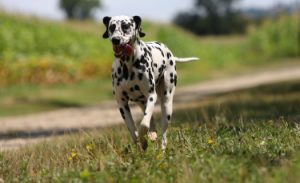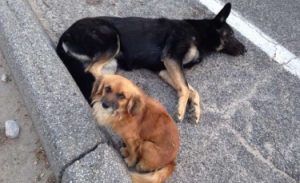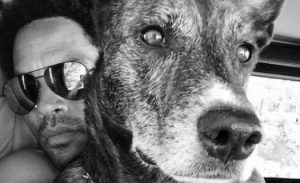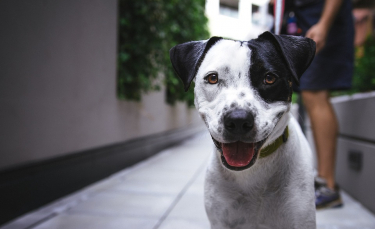
Authors of a study at a German research center found that our ability to decipher canine emotions via their facial expressions resulted from our experience with dogs.
Here is a study which confirms that we must constantly learn to understand our dogs . Carried out at the Max Planck Research Center in Leipzig , it was carried out by Federica Amici of the Institute of Evolutionary Anthropology and Juliane Bräuer of the Institute of Human History.
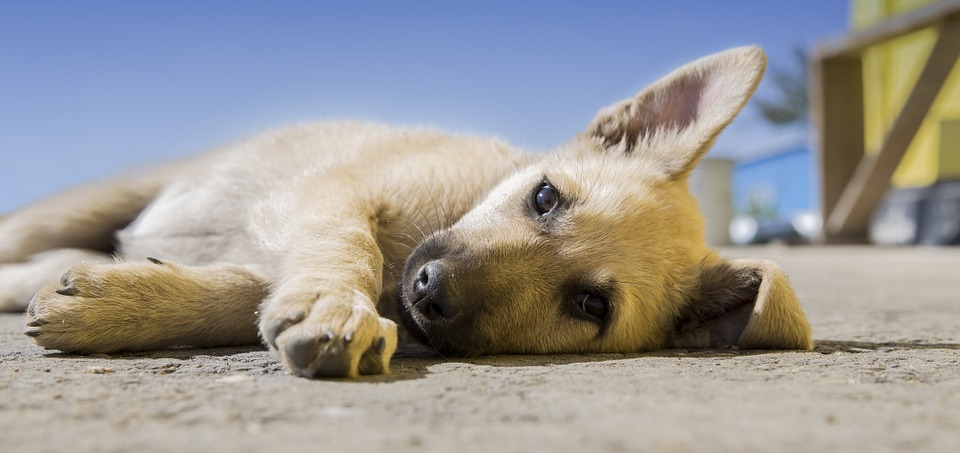
Dogs and humans have lived together for tens of millennia, which has enabled each of these 2 species to develop specific emotional and cognitive capacities that have fostered mutual understanding . This is called co-domestication . A notion in which the authors of the study in question were interested, in particular to know to what extent humans can understand the manifestations of emotions in dogs and the mechanisms of this understanding.
The researchers subjected 166 participants – 89 adults and 77 children – to an experiment that presented them with photos of dogs , chimpanzees and humans . They were asked to identify the emotions expressed by the subjects of these images (joy, sadness, anger, fear…). The adults were also asked to guess in what context these photos were taken. Participants were classified according to their age, the degree of presence of dogs in the environment in which they lived , as well as their personal experience as a canine owner (some have or have had dogs, others have never bred any. ).
This research also revealed that regardless of age and experience with dogs, all participants were able to identify anger and happiness in photos. This suggests that this is an innate ability favored by co-domestication, or that humans acquire it at a young age and even if they have limited canine experience.
However, apart from anger and happiness, the majority of children could not correctly identify the other emotions, both in the pictures of dogs and in those of chimpanzees. This confirms that the faculty of understanding canine emotions and feelings is obtained with age and experience .



